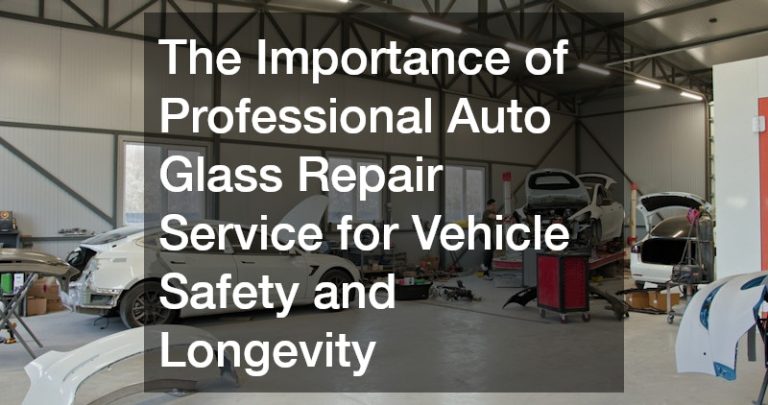- Regular servicing and maintenance are essential for keeping your car in top shape.
- Tire maintenance and rotation should be done as recommended by the manufacturer.
- Battery care includes checking for corrosion and ensuring tight connections.
- Fluid checks and replacements are important to maintain the proper functioning of vehicle systems.
- Investing in carports can protect your vehicle from the elements and extend its lifespan.
As a vehicle owner, keeping your vehicle in top shape is important to ensure its longevity, performance, and safety. Regular maintenance and care can help you avoid costly repairs and breakdowns and contribute to a better driving experience. This guide will provide five valuable tips for keeping your vehicle in shape. From regular servicing to proper tire maintenance, these tips will help you maintain your vehicle’s optimal performance and extend its lifespan.
1. Regular Servicing and Maintenance
Regular servicing and maintenance is one of the most important aspects of keeping your vehicle in shape. It’s crucial to adhere to the recommended service intervals provided by the manufacturer. This includes oil changes, filter replacements, fluid checks, and other essential maintenance tasks. Regular servicing keeps your vehicle running smoothly and helps identify potential issues before they become major problems.
In addition to the essential maintenance tasks, regular servicing includes checking tire pressure and inspecting brakes. It is important to check these components at least once a month or whenever you change tires. The brakes should be inspected for wear and tear, such as excessive brake dust or unusual noises. If there is any evidence of wear or damage, it’s best to have them replaced immediately by a qualified technician.
2. Tire Maintenance and Rotation
Proper tire maintenance is essential for optimal performance and safety. Here are tips for tire maintenance and rotation:
Check Tire Pressure Regularly

Checking your tires’ air pressure is essential for the longevity of your tires and fuel efficiency. The best time to check tire pressure is when the tires are cold — before you’ve driven your car more than a few miles. Be sure to consult your vehicle owner’s manual for the proper inflation level recommended by the manufacturer, as this will vary according to different models and seasons (as pressures may be affected by cold temperatures). You can buy an inexpensive gauge for regular checks at any auto parts store.
Monitor Tread Depth
Maintaining adequate tread depth is important as it helps grip the road surface and prevents hydroplaning in wet weather. Use a penny to quickly check the tread depth: insert a penny into the tread with Lincoln’s head down. If you can see all of Lincoln’s head, it’s time to replace your tire. The more tread depth, the better grip and water displacement — so keep an eye on your tires over time.
Rotate Your Tires
Rotating your tires regularly helps ensure even wear and tear, extends their lifespan, and keeps them performing at their best. Generally speaking, you should rotate your tires every 5,000-7,500 miles or about once yearly — but this may vary depending on your vehicle model and tire type. If you’re unsure of the best rotation schedule, consult your vehicle owner’s manual or a trusted mechanic.
Get Regular Alignments
Getting regular wheel alignments helps ensure your tires are correctly aligned with the other moving parts in your car and keeps you driving straight and true down the road. Poorly aligned wheels can cause uneven tire wear, drastically reduce fuel efficiency, and even lead to safety hazards — so ensure you get routine alignments from a professional mechanic.
3. Battery Care
The battery is an essential component of your vehicle’s electrical system. To keep your vehicle in top shape, checking the battery regularly for corrosion, loose connections, and proper voltage levels is important. Cleaning any corrosion and ensuring tight connections can prevent electrical issues and ensure reliable starting power.
4. Fluid Checks and Replacements

Regularly checking and replacing fluids such as engine oil, coolant, brake fluid, and transmission fluid is vital for maintaining the proper functioning of your vehicle’s systems. Check fluid levels regularly and top them up as needed. Follow the manufacturer’s guidelines for fluid replacement intervals to ensure optimal performance and prevent damage to your vehicle’s components.
5. Investing in Carports
Investing in high-quality carports is a great way to protect your vehicle from the elements and extend its lifespan. A carport provides shelter from rain, snow, UV rays, and other environmental factors that can cause damage to your vehicle’s exterior and interior. Protecting your vehicle in a carport can minimize exposure to harsh weather conditions and reduce the risk of rust, fading paint, and interior damage.
In Summary
By following these tips, you can keep your vehicle in top shape, ensuring its longevity, performance, and safety. Regular servicing, tire maintenance, battery care, fluid checks, and investing in a carport are all essential steps in maintaining your vehicle’s optimal condition. You can enjoy a smooth and reliable driving experience for years by caring for your vehicle.







